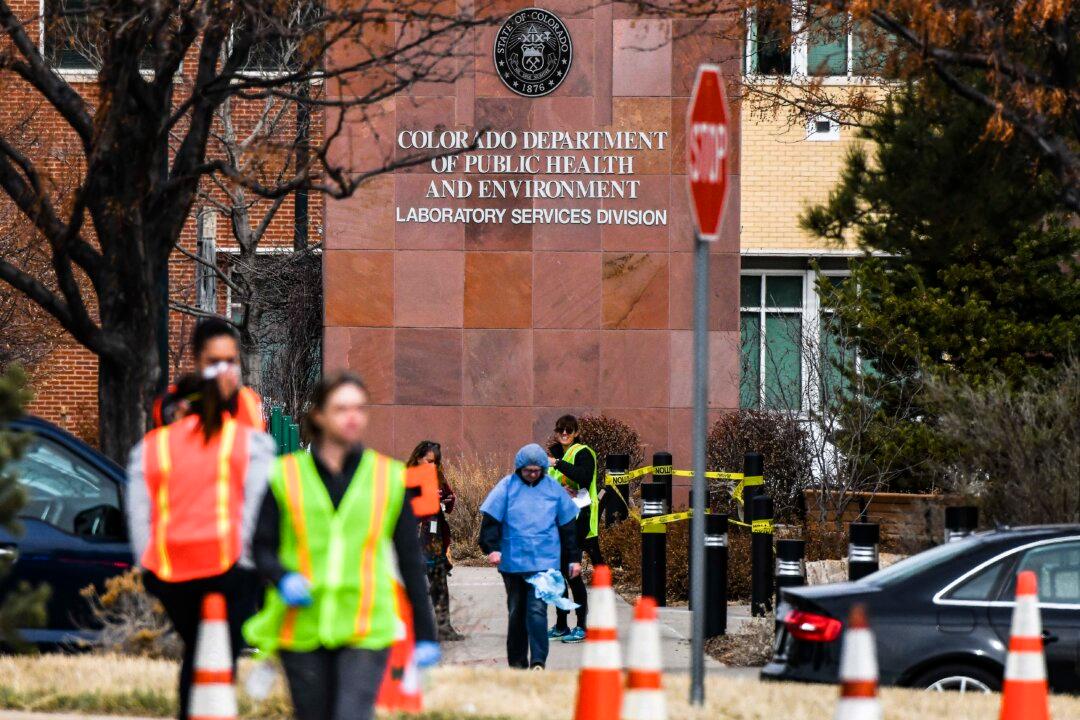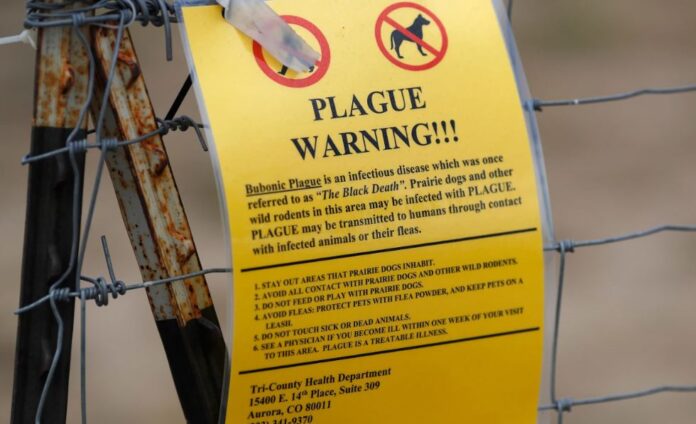Health authorities in Colorado are looking into a possible case of the plague in a person. The plague is a rare bacterial illness that killed tens of millions of people in Europe in the fourteenth century. Antibiotics may now be used to treat it with ease.
Seven human cases of plague are estimated to occur each year in the United States, according to the Centers for Disease Control and Prevention. In February, Oregon authorities reported a case of plague in a person who most likely acquired it from their ill cat.
Are you shocked to learn that the pandemic still exists? This is important to know.
What is the plague?
The most prevalent kind of the bacterial illness is known as the bubonic plague, and it naturally spreads among rodents like rats and prairie dogs.
There are two further types of plague: pneumonic plague, which affects the lungs, and septicemic plague, which spreads throughout the whole body.

The so-called “buboes,” which are excruciatingly swollen lymph nodes, are most often located in the neck, armpit, and groin. If left untreated, it often progresses and becomes one of the other two types of plague.
According to the Cleveland Clinic, sudden high fever and chills, headaches, and discomfort in the arms, legs, and abdomen are some more signs of the plague.
How does the epidemic spread?
The bacterium is transferred between rodents, pets, and people via the bites of infected fleas.
Health professionals advise being especially cautious while handling ill or dead animals since humans may get the plague by coming into contact with infectious body fluids. In addition, pneumonic plague patients’ respiratory droplets may transmit the disease.
According to Lisa Morici, a microbiologist and immunologist at Tulane University School of Medicine, pneumonic plague is the deadliest and most contagious kind, with a nearly 100% death rate if left untreated.
Where is the plague present?

According to the CDC, the majority of occurrences in the United States occur in rural regions of northern New Mexico, northern Arizona, southern Colorado, California, southern Oregon, and far western Nevada.
The World Health Organization states that the Democratic Republic of the Congo, Madagascar, and Peru have the highest rates of plague endemicity worldwide.
How is the plague treated?
Although the plague was never completely eliminated, we have made progress in stopping its transmission and treating cases in people.
The plague is curable if antibiotics are administered early. It’s imperative to see a doctor right away since the plague might be fatal otherwise.
Moreover, prevention is always preferable than treatment, as the saying goes.
The danger of infection may be reduced by keeping the areas around the house free of trash and other items that can attract rats, as well as by making sure dogs have regular flea treatments. To prevent fleas and other disease-carrying bugs, the CDC advises wearing a bug spray containing DEET while hunting, camping, or spending time outside in general.
Is a vaccination available?

Yes, but only for those who are most susceptible to infection—such as laboratory and healthcare workers—does the World Health Organization advise it. In the US, there is no vaccination against the plague.
More study, according to Morici, is necessary since, while vaccinations against the bubonic plague are effective in other regions of the globe, there isn’t enough proof to support their protection against the pneumonic version of the disease.
It would be logistically and morally challenging to develop a plague vaccination study, she added.
“There’s just not a huge market for a plague vaccine at this point in time because the bubonic form is quite treatable with antibiotics and also quite rare — you don’t see thousands and thousands of cases of plague a year,” Morici said.





